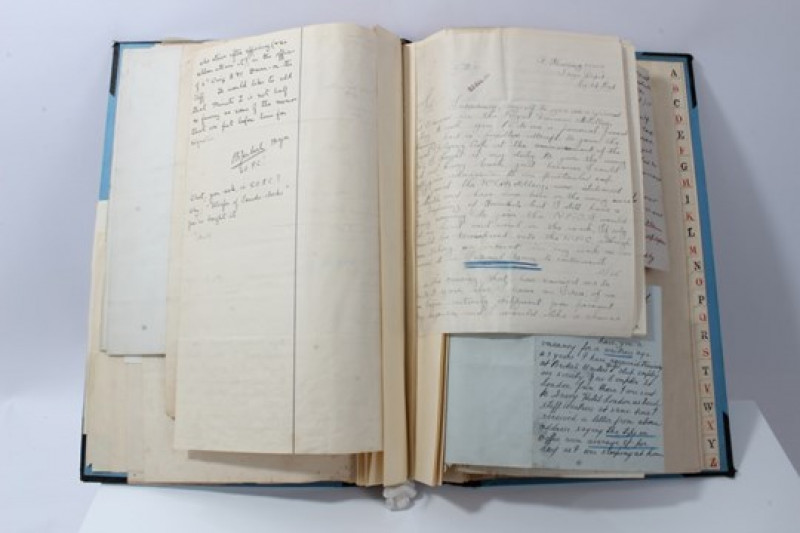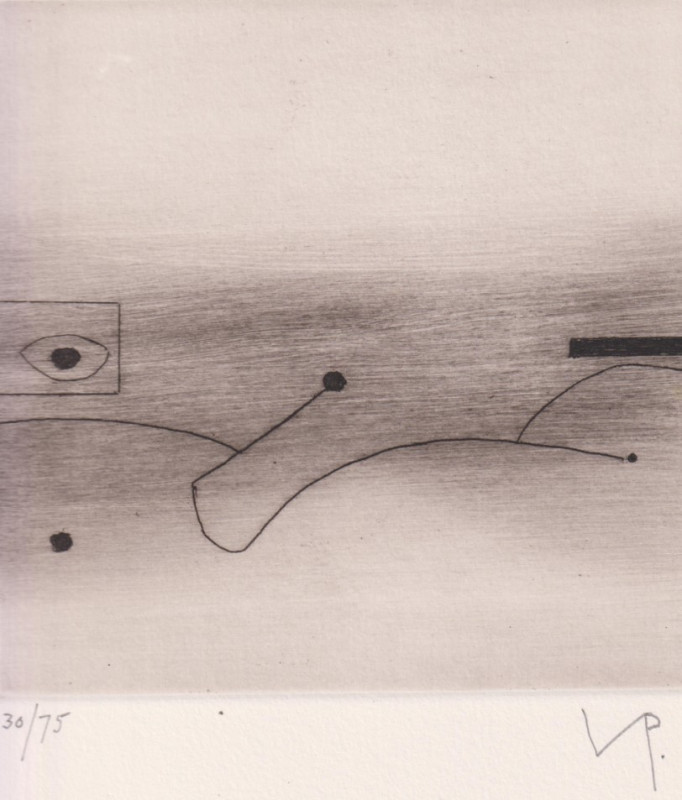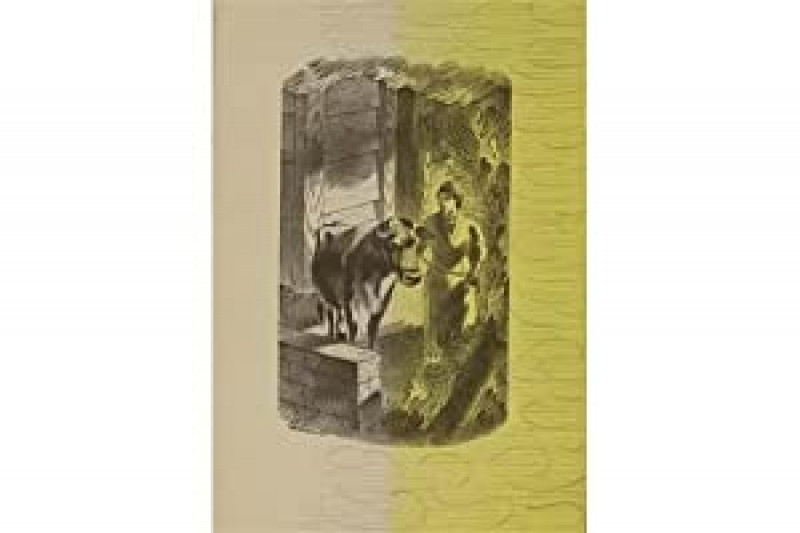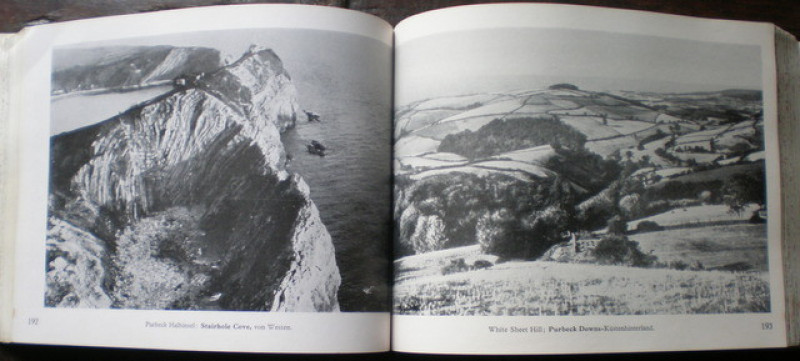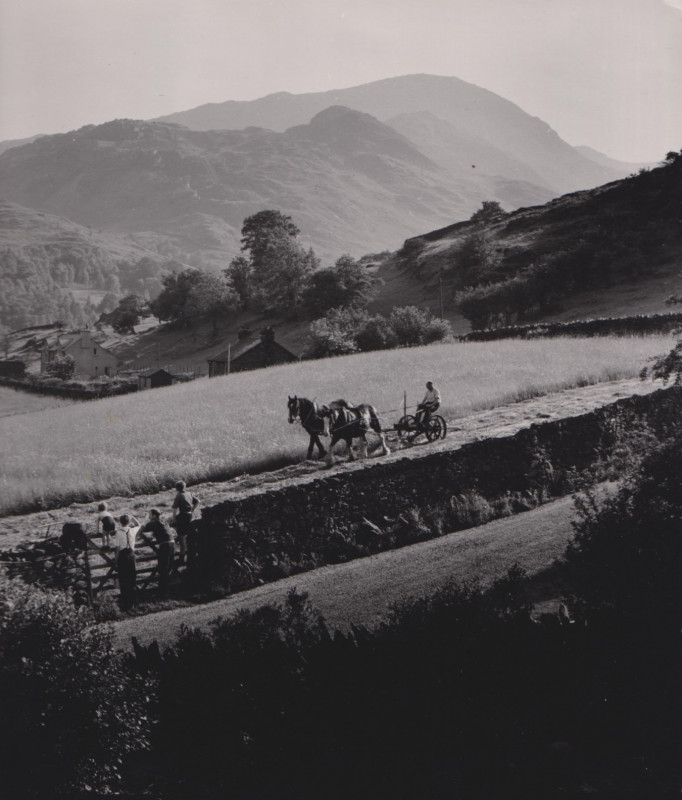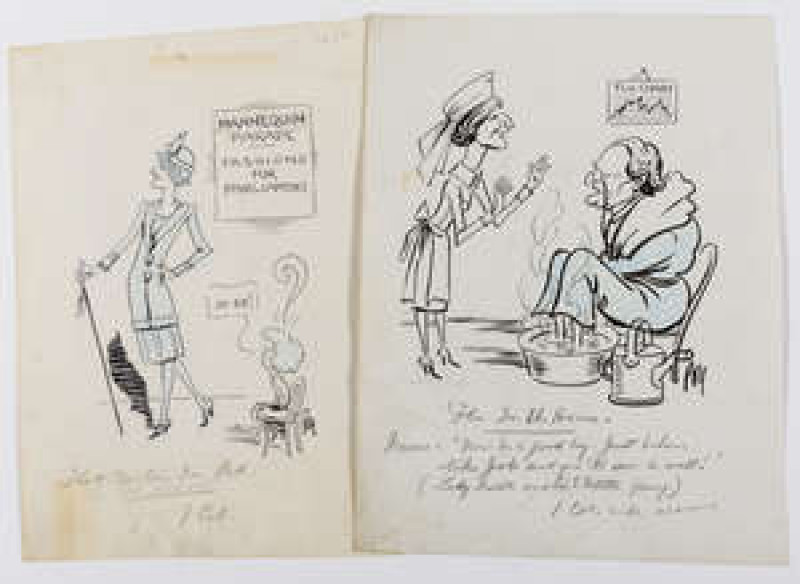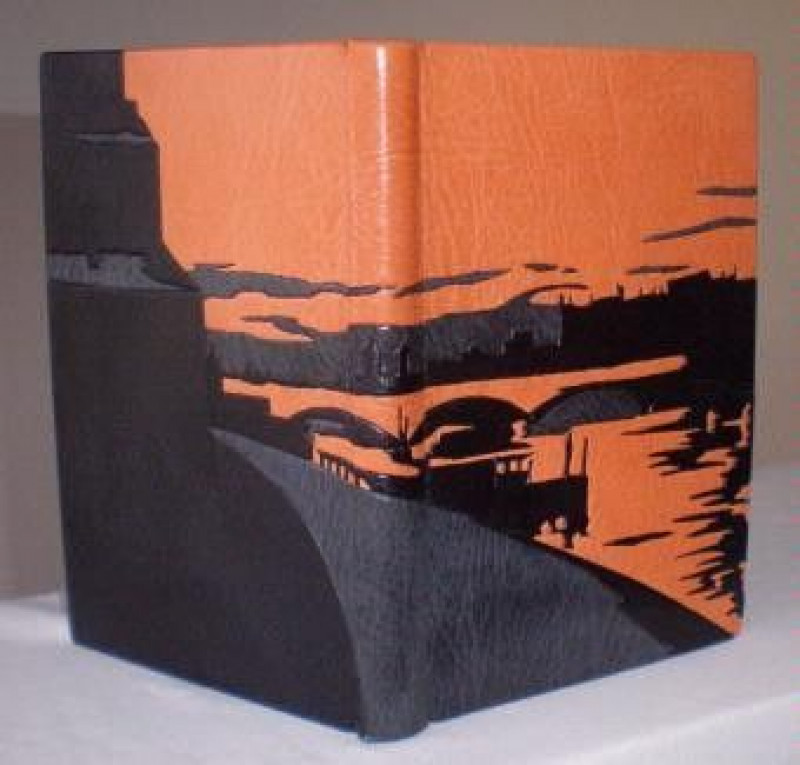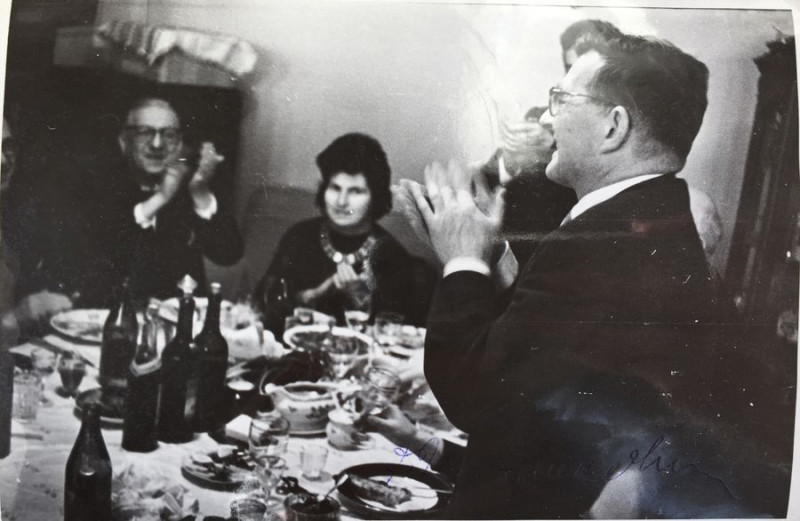The White Star Royal Mail Steamship Teutonic" (HM Armed Cruiser) at the Naval Review, Spithead, June 26, 1897 in Commemoration of the Sixtieth Year of the Reign of Her Majesty Queen Victoria.Diamond Jubilee at Spithead review.
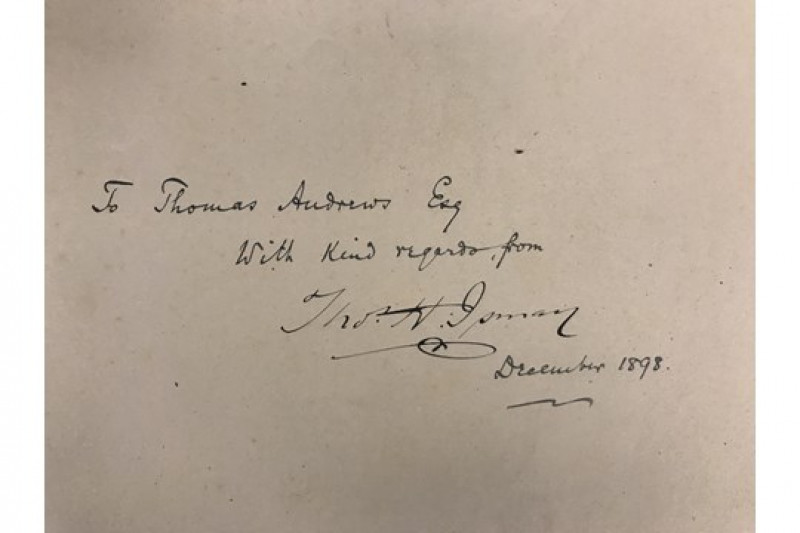

Book Description
Album; 480mm by 370mm; original sheepskin with gilt titles; 156pp. 48 Collotypes, 285mm x 225mm. Photographed, engraved and printed by Stas, Walery and Company, 15 Cecil Court, London. Printed for private circulation only. Inscribed on the front free end paper "To Thomas Andrews Esq with kind regards from Thomas Ismay, December 1898". In the late 1880s the White Star decided to order two ships from Harland and Wolff that would be capable of winning the Blue Riband for crossing the Atlantic. Construction of Teutonic and her sister ship the Majestic began in 1887. The Teutonic was launched on January 19, 1889, and participated in the Spithead Naval Review on August 5 and 6, in conjunction with the state visit of Kaiser Wilhelm II. The Kaiser was given a two-hour tour of the Teutonic hosted by the Prince of Wales. During the tour, Wilhelm is reputed to have stated that "We must have some of these ..." The Kaiser's reaction is generally credited as the impetus for the creation of Germany's four funnel liners known as the Kaiser Class. Eight years later, Teutonic participated in the 1897 Spithead Naval Review honoring Queen Victoria's Diamond Jubilee, the subject of this album. Teutonic was built under the British Auxiliary Armed Cruiser Agreement, and was Britain's first armed merchant cruiser, sporting eight 4.7" guns. The guns were removed after the military reviews, and on August 7, 1889, she left on her maiden voyage to New York City. In 1891, Teutonic took the Blue Riband from her sister ship the Majestic with an average crossing speed of 20.25 knots. Teutonic and Majestic were known as the first modern liners because of their passenger accommodation. Both ships were built with the three-classes of accommodation. Teutonic had rooms for 300 First Class passengers in spacious cabins situated on her uppermost three decks. Many of the cabins were inter-connecting for family travel. Second Class, also known as Cabin Class was meant for the middle class. Teutonic could carry 190 Second Class passengers in comfortable rooms on the second highest deck, further aft towards the stern. Third Class, commonly known as steerage, was built for immigrants and lower class travelers. During the Boer War she served as a troop transport. In 1911, she was replaced in the White Star lineup by the new Olympic and transferred to sister company Dominion Line for Canadian service. In 1914, Teutonic became a merchant cruiser once again. In 1916, she was refitted with 6" guns, and served as a convoy escort ship as well as being used for troop transport. Thomas Henry Ismay (1837–1899) was the founder of the White Star Line. His son was Joseph Bruce Ismay, who travelled on (and survived) the maiden voyage of the Titanic, in 1912. At the age of 16 Thomas left school and started an apprentice with a shipbrokers in Liverpool. Upon completion of the apprenticeship he ravelled extensively to gain business experience. In 1867 Ismay acquired the flag of the White Star Line and was its president until his death in 1899. He developed a unique partnership with shipbuilders Harland and Wolff who built all the White Star liners. Thomas Andrews, Jr. (7 February 1873 – 15 April 1912) was a British businessman and shipbuilder. He worked his way up Harland and Wolff eventually becoming managing director and head of the drafting department. As the naval architect in charge of the plans for the Titanic, he was travelling on board during her maiden voyage and perished along with more than 1,500 others. His body was never recovered. In 1889 he began an aprenticeship at Harland and Wolff where his uncle, the Viscount Pirrie, was part owner. He spent three months in the joiners' shop, followed by a month in the cabinetmakers' and then a further two months working on the ships. The last eighteen months of his five-year apprenticeship were spent in the drawing office. In 1907, Andrews was appointed the managing director and head of the drafting department and began to oversee the plans for a new superliner, the RMS Olympic for the White Star Line. The Olympic and its sister ship the Titanic, which began construction in 1909, were designed by William Pirrie and general manager Alexander Carlisle along with Andrews. As he had done for the other ships he had overseen, Andrews familiarised himself with every detail of the Olympic and Titanic. Andrews's suggestions that the ship have 46 lifeboats (instead of the 20 it ended up with) as well as a double hull and watertight bulkheads that went up to B deck, were overruled. Andrews headed a group of workers who went on the maiden voyage, to observe ship operations and spot any necessary improvements. Early on 14 April, Andrews remarked to a friend that Titanic was "as nearly perfect as human brains can make her." At 11:40 PM on the same day, the Titanic struck an iceberg. Andrews had been in his stateroom, and barely noticed the collision. Captain Edward J. Smith had Andrews summoned to help examine the damage, he determined that five of the ship's watertight compartments were rapidly flooding and that if more than four flooded, it would inevitably sink. He relayed this information to Captain Smith, stating that it was a 'mathematical certainty', and adding that in his opinion, the vessel had only about an hour before it sank. He also told Smith of the severe shortage of lifeboats. As the evacuation began, Andrews tirelessly searched staterooms telling the passengers to put on lifebelts and go up on deck. Several survivors testified to have met or spotted Andrews several times. Fully aware of the short time the ship had left and of the lack of lifeboat space for all passengers and crew, he continued to urge reluctant people into the lifeboats in the hope of filling them with as many people as possible. Andrews was reportedly last seen by John Stewart, a steward on the ship, at approximately 2:10 a.m., ten minutes before the Titanic sank. Andrews was standing alone in the first-class smoking room staring at a painting of Plymouth Harbour and this has become one of the most famous legends of the sinking of the Titanic. There were however testimonies of sightings of Andrews after that moment including a report of him frantically throwing deck chairs into the ocean for passengers to cling to in the water. It is reported that he then headed towards the bridge, perhaps in search of Captain Smith. Andrews was last seen leaving the ship in its final moments. His body was never recovered. On 19 April 1912, his father received a telegram from his mother's cousin, who had spoken with survivors in New York: "INTERVIEW TITANIC'S OFFICERS. ALL UNANIMOUS THAT ANDREWS HEROIC UNTO DEATH, THINKING ONLY SAFETY OTHERS. EXTEND HEARTFELT SYMPATHY TO ALL." Very occasional, mild marginal foxing, not intruding upon the images. The boards have been professionally restored. A stunning set of images with a superb association.
Author
The White Star Line
Date
1897
Binding
Original sheepskin
Publisher
Pictorial Great Britain Publishing Co. Ltd for the White Star Line
Condition
Very good
Friends of the PBFA
For £10 get free entry to our fairs, updates from the PBFA and more.
Please email info@pbfa.org for more information
